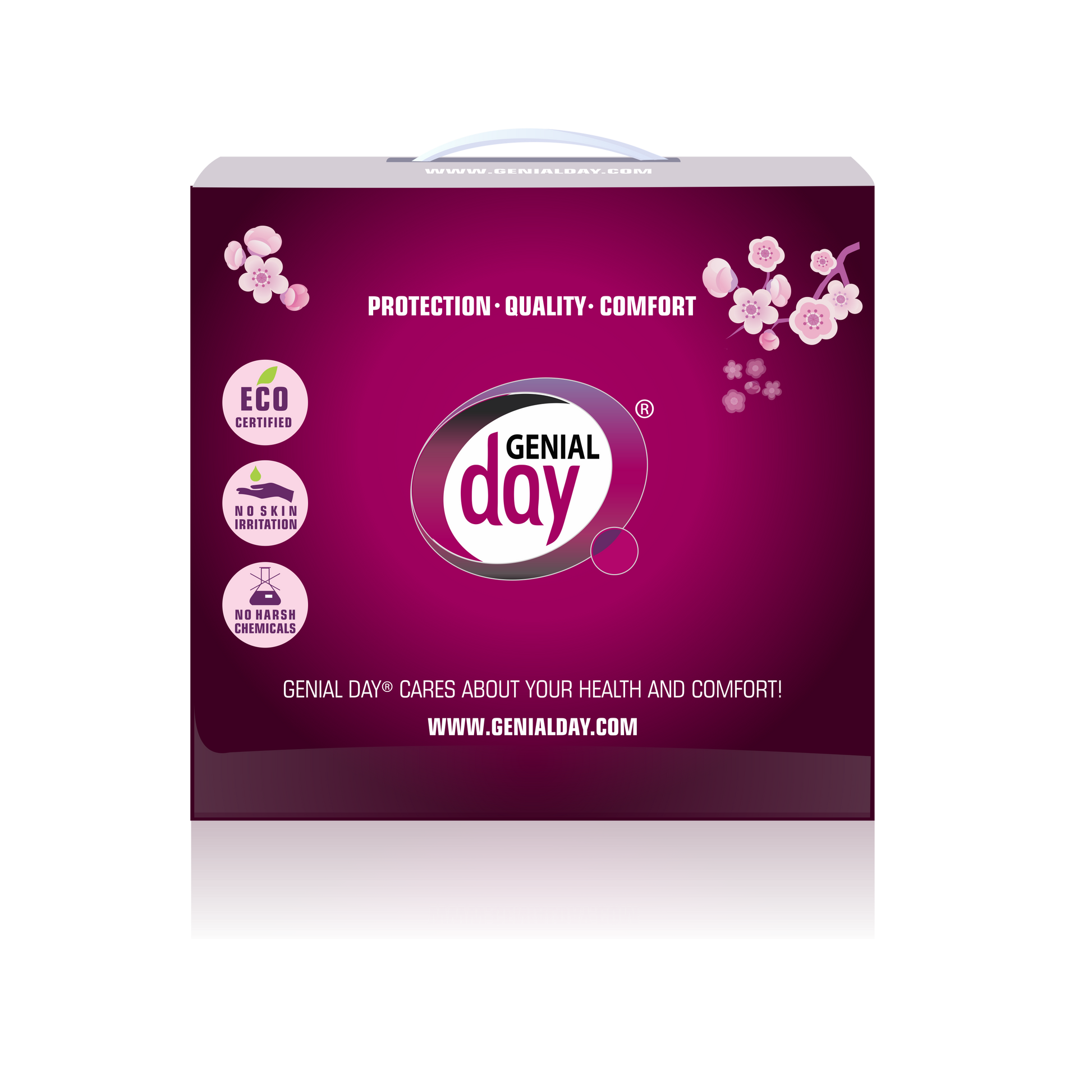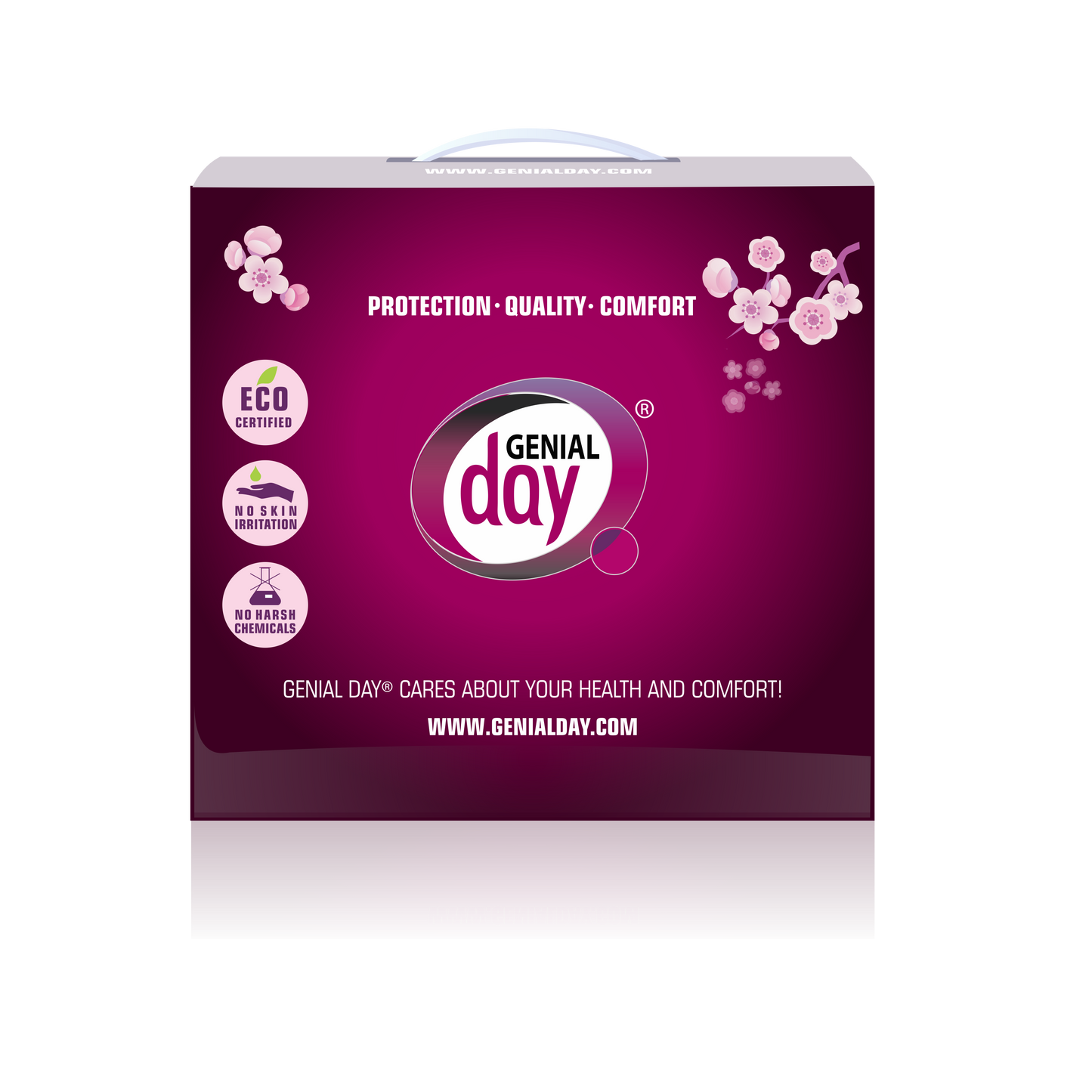Getting ready for a big spring cleaning? Take a hard look at your cleaner inventory first.
With the winter nearly over, many women are thinking about the grand spring cleaning – which often involves scrubbing every corner of the house with multi-surface cleaners, disinfectants, polishes, scourers and other household cleaning substances.
We are so used to them that we never ask ourselves how safe these products are. Mostly we just expect them to perform their major function: clean!
But have you ever had a closer look at what exactly these cleaning products contain?
We use ecological menstrual products because we seek to avoid any harm to our intimate body parts. But when it comes to household cleaning supplies, in using these our bodies are actually exposed to chemical substances that may also be dangerous to our health.
Recent studies show in women who regularly use cleaning sprays, the latters‘ influence on their lungs is as harmful as smoking a pack of cigarettes a day! Due to working with cleaning products, stay-at-home moms are exposed to 55% higher risk of developing cancer than women who work outside home.
Not All Cleaners are Harmless
Marketing language has convinced us anything we buy in stores is harmless, pure, and just aimed at making the cleaning done faster or cheaper, or both.
Nevertheless, pay attention to the labels of many popular household cleaning supplies: not only don’t they contain accurate information, but often name these products as hazardous waste!
We’re in contact with them every day – from the phthalates in synthetic fragrances to the noxious fumes in oven cleaners. Environment experts say an average household may contain around 62 toxic chemicals – with alkalies, acids, and detergents among the most common ones.
Alkalies, or soluble salts used in dirt-removing products, can cause burns, while acids, effectively cleaning toilets, can irritate and injure skin, nose and eyes just as well as most all-purpose cleaners.
Many laundry detergents and fabric softeners contain fragrances that may cause respiratory irritation, sneezing, and headache.
The fumes given off by rug, carpet, and upholstery cleaners can cause dizziness, nausea, and disorientation, or even cancer and liver damage.
Many of the chemicals found in these and other cleaning supplies do not purge easily from the body and can accumulate over time. They can become the cause of asthma, reproductive disorders, and hormone disruption.
Watch Out for Dangerous Ingredients
The three main categories of hazardous ingredients in household cleaning products are the following:
1. Carcinogens. They cause cancer and/or promote its development.
2. Endocrine disruptors. Those can interfere with the body’s natural chemical messages by blocking or imitating the actions of hormones. Endocrine disruptors have been linked to reduced fertility, miscarriage, menstrual problems, challenged immune systems, etc.
3. Neurotoxins. They affect brain activity by changing neurons, which can result in numerous health problems from headaches to loss of intellect.
Women, children and pets are in the highest risk groups, as they contact the surfaces cleaned with toxic household products more often than others.
With women being regularly influenced by hormone fluctuations, endocrine disruptors can be especially dangerous for their health.
Immediate effects of exposure to toxic ingredients include headaches, dizziness, fatigue, backache, stiff joints, nausea, diarrhea, allergy attacks, respiratory problems, and stuttering.
So if you’re not feeling well after polishing your furniture, it may be due to other reasons than tiredness!
Protect Your Health and Home
How can we protect ourselves and our loved ones from the harmful effects of household cleaning products? The first step is to raise our awareness of using those. Here are some useful suggestions:
Read the product labels. Never use products with a signal word stronger than “Caution”.
Research chemicals in Household Products Database.
Choose products made with plant-based ingredients rather than petroleum-based ones.
Wear rubber gloves and/or mouth and nose mask to minimize your exposure to chemicals when cleaning,
Never use more of the product than the amount listed on the label and try to make it quick to decrease the length of exposure to the product as much as possible.
Avoid products with fragrances. Most of these contain potentially toxic chemicals. A clean home shouldn’t smell of anything unnatural.
Don’t throw the empty containers of those products in the trash. Take them to your county’s hazardous waste collection center.
Use homemade cleaning solutions from natural ingredients, such as baking soda, borax, lemon juice, vinegar, and washing soda. Most of these, as well as their mixtures, are just as effective as chemical cleaners. Not to mention that they can help us save money, reduce the amount of trash, and protect our health and home!



